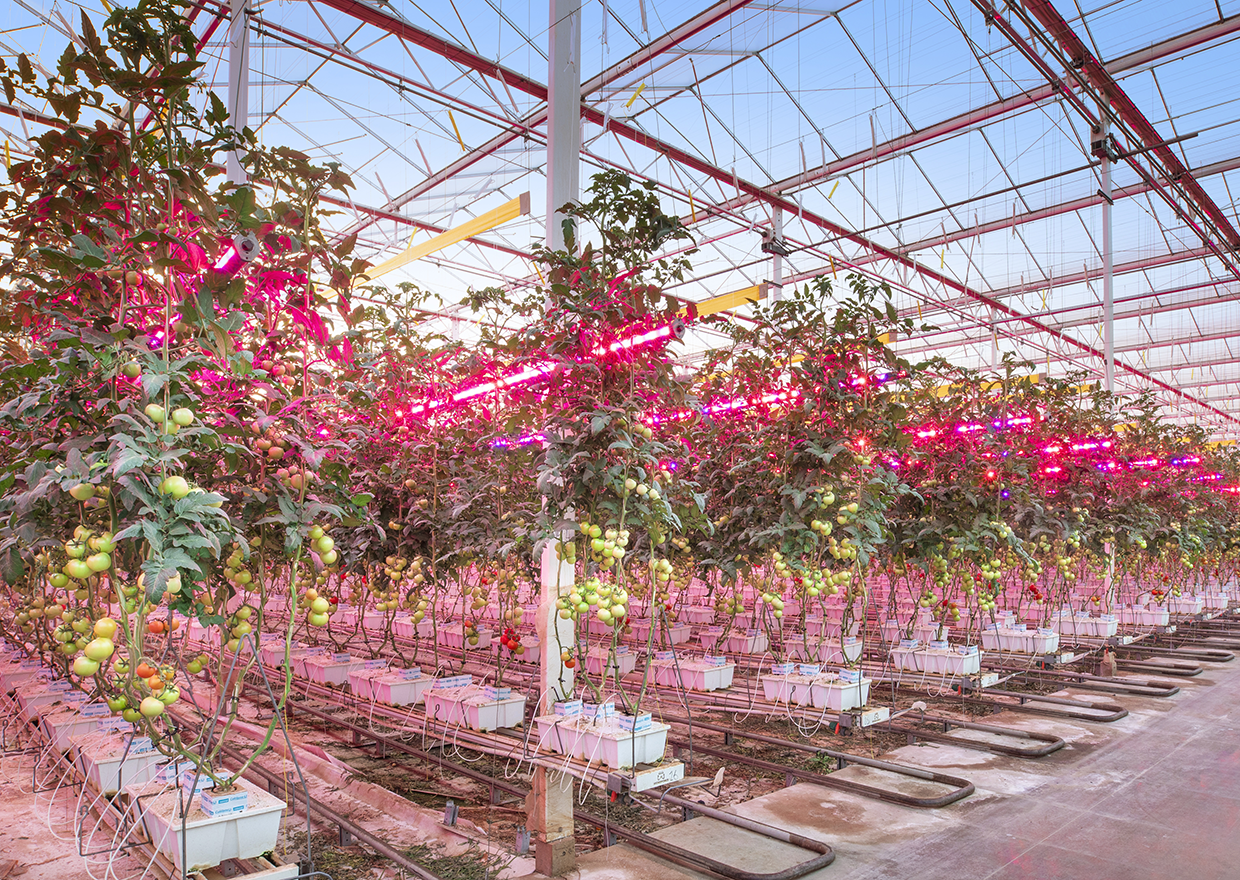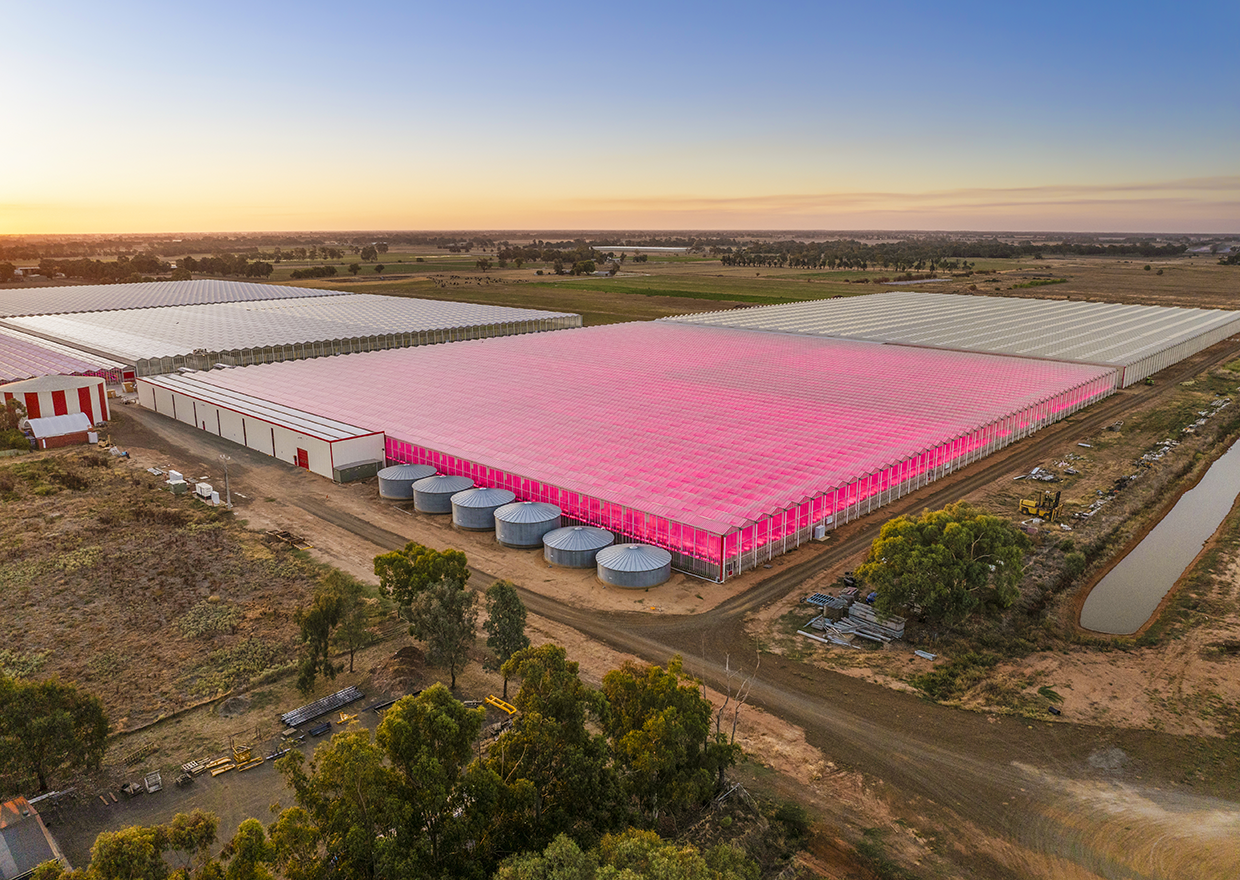You are now leaving Centuria Australia
and entering Centuria New Zealand.
Food sustains life. It is the lynchpin of living. But in an era of extreme weather depleting crop yields, and rising global populations driving demand for produce, the need for smarter agricultural technologies to ensure reliable food supplies is more crucial than ever.
In this scenario, agriculture needs to become more efficient, both in production and distribution. To achieve this, investments in technology and innovation across the agribusiness spectrum are essential.
Investors can gain exposure to a burgeoning sector that will become increasingly vital for people’s wellbeing and in so doing, bring new meaning to what a diversified portfolio could look like.
What then are the central drivers behind innovation in AgTech? At a basic level, it’s the development of tools and processes striving to increase agricultural yields while reducing dependence on optimal weather conditions.
Increased efficiency and productivity
Innovations like precision farming, automated machinery, advanced irrigation systems, soil sensors and protected cropping structures can contribute to higher, more consistent crop yields and reduced wastage.
Smarter farming
AgTech promotes smarter farming practices by reducing the use of pesticides, fertilisers and water. Technologies such as drones and satellite imagery help monitor crop health and optimise resource use.
Better risk mitigation
AgTech can mitigate risks associated with climate , pest infestations and disease outbreaks. Predictive analytics, protected cropping and real-time data allow farmers to make informed decisions, reducing the potential for crop failures and financial losses.
Enhanced traceability and compliance
Implementing advanced tracking and data analytics tools enables better traceability of food products from farm to consumer. This enhances food safety, meets regulatory compliance, and builds consumer trust in Australian agricultural products.
Integration of renewable energy solutions
AgTech is increasingly incorporating renewable energy solutions to reduce carbon footprints and energy costs. This includes the use of solar panels to power operations and biogas systems that convert waste products into energy, contributing to a circular economy in agriculture.
Innovations in AgTech play a crucial role in improving the reliability and consistency of food supply and its security. By so doing, AgTech can:
This reliability transforms agriculture into critical infrastructure within the supply chain, increasing its financial sustainability and importance.
And when you consider the expected increase in global demand for Australia’s high-quality agricultural and food products, thanks in part to our farming and supply chain systems, rigorous inspection and compliance protocols, and geographical advantage being on Asia’s doorstep, investing in agriculture does become a highly attractive proposition.

Centuria is the largest owner of high-tech glasshouse assets in Australia.
Protected cropping via high tech glasshouses and greenhouses is on the cutting edge of innovation.
These controlled growing environments have become the fastest growing food-producing sector in Australia, with annual average growth of more than 60% over the last five years.1
Such assets not only provide the ability to grow a wider variety of crops, but they also employ a range of technologies to increase yield and promote year-round farming through innovations like:

Investing in Australian AgTech offers a unique opportunity to benefit from the booming global demand for reliable food sources.
Agriculture can provide access to high-quality investment opportunities that provide both income and capital growth potential in a rapidly evolving sector.
This evolution of, and innovation within, the agriculture sector is also enhanced by Australia’s:
As Andrew Tout, Centuria’s Head of Agriculture and Transactions Manager, says, “the growth of the middle class in the Asia Pacific region is set to double by 2030.”
According to Andrew, we’re perfectly placed to meet this demand because “we have very skilful farmers who are able to utilise the biological asset, being the farm, the water that you’re able to deliver to it, but what they’re doing well is using technology to affect the environment that these crops are being grown in.
“As an investor, you’re investing in the land and the water and the delivery of infrastructure for that farm. Investors ultimately benefit from the strength of agricultural demand as it enhances the stability and profitability of the farm operator’s business and this delivers reliable rental income to the investment vehicle owning the land. Ultimately the ability of a farmer to generate income will result in the future rental prospects for the asset and potential future value of the asset for investors.”
Agricultural businesses and their associated land and infrastructure assets do come with risk, including environmental and climate associated risks with farming in Australia. However as noted above, AgTech may help to manage the risks to farmer’s income from environmental variability which may improve the prospect of consistent and reliable income to the landowner.
Given the endowments — geographical, political and reputational — of Australia’s agriculture sector, its future performance looks extremely positive while also remaining globally competitive due to strong underlying fundamentals.

While agriculture is a huge sector, one accessible option for investors might be an unlisted property fund; particularly one that focuses on high-quality fresh food production.
In this scenario, fund managers would typically seek an asset with a strong lease agreement in place (with annual rent escalations), and a reputable tenant to ensure consistent income. Location and access to appropriate infrastructure such as processing and transport are other considerations.
Apart from the diversification benefits of such an asset, investors can access regular income distributions and the potential for capital gains.
Please complete the form to register your interest in receiving updates on future unlisted property fund opportunities.